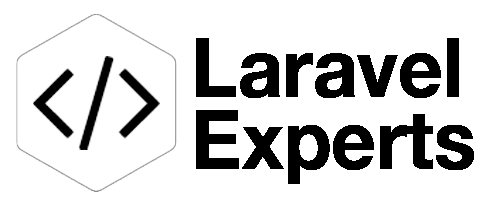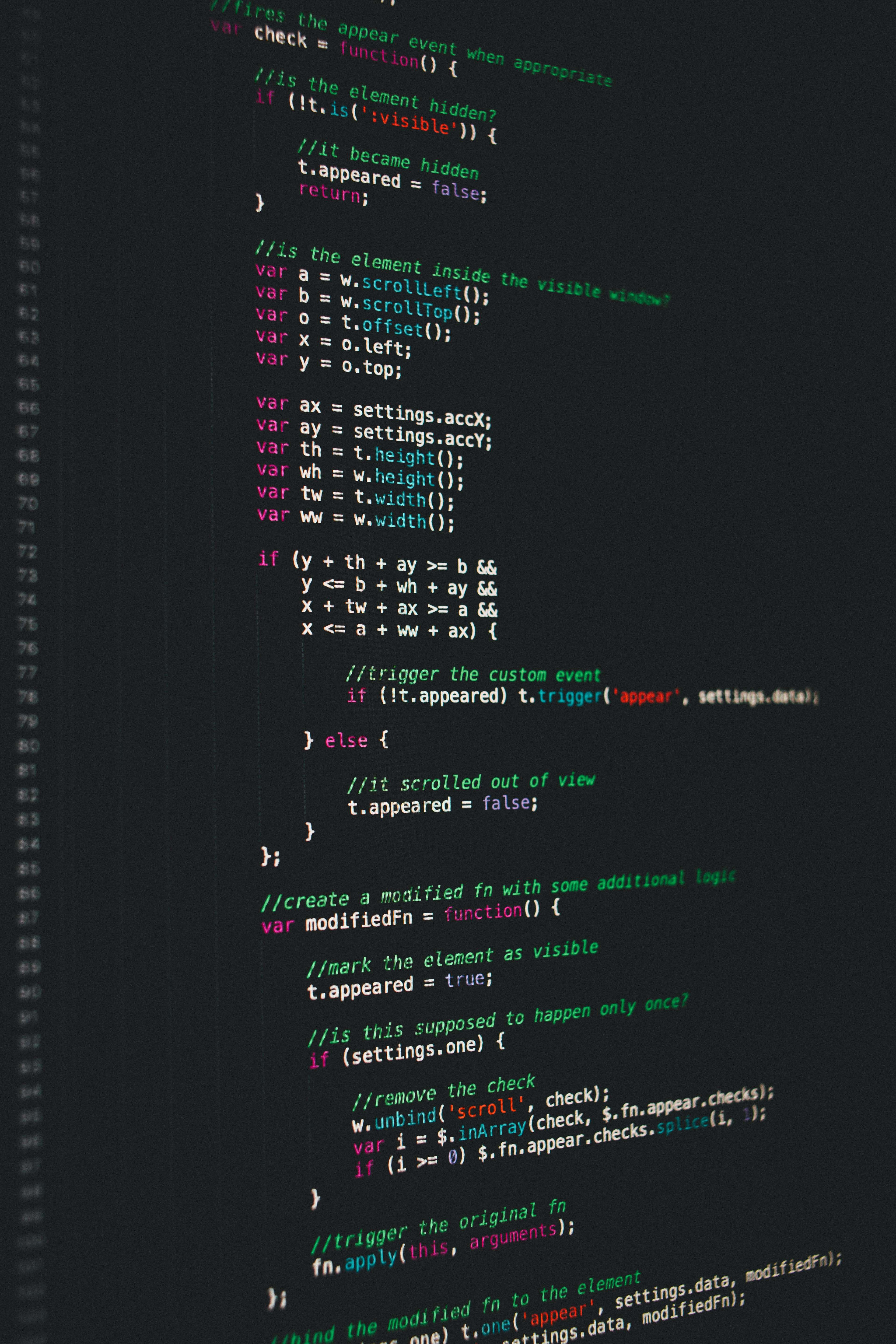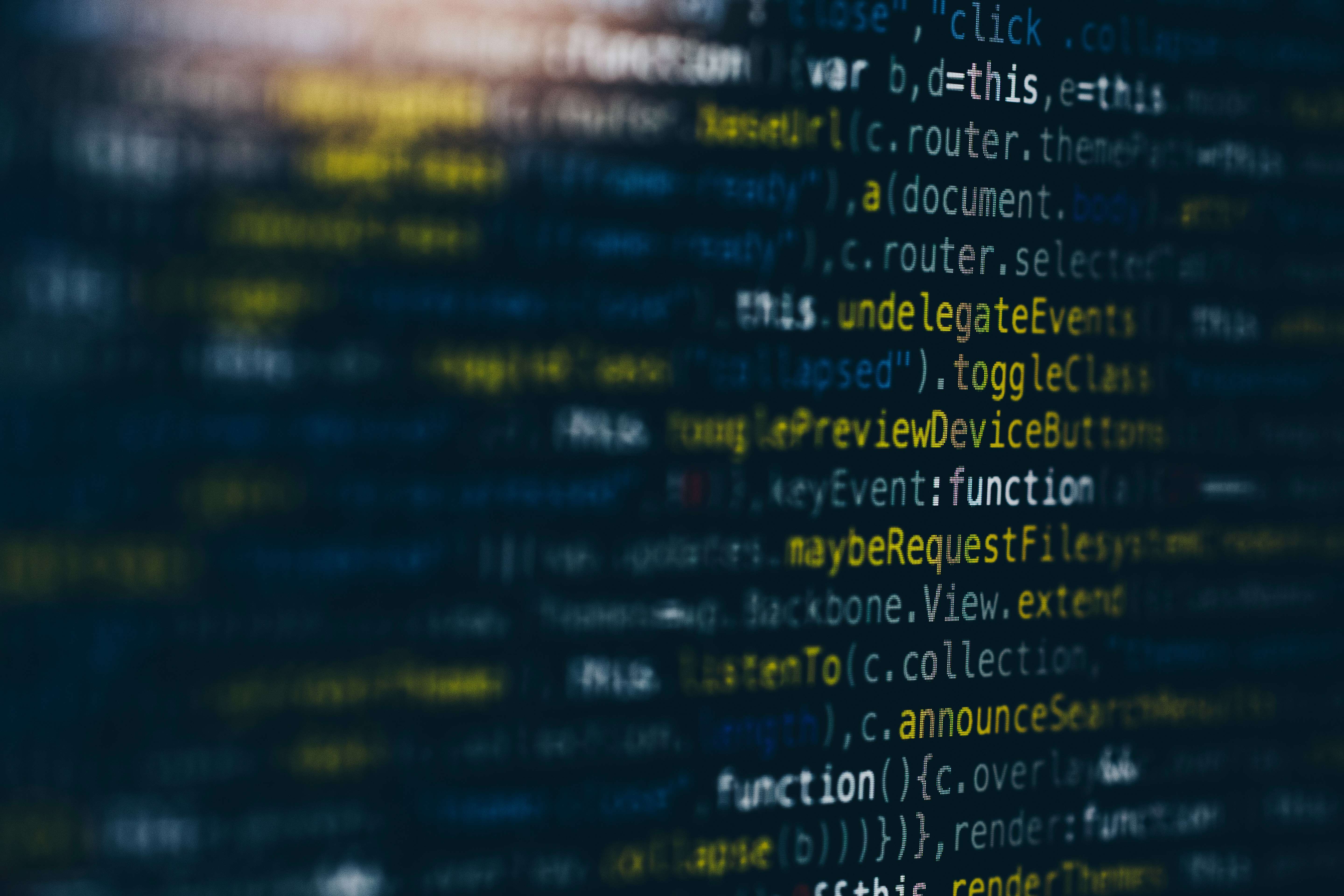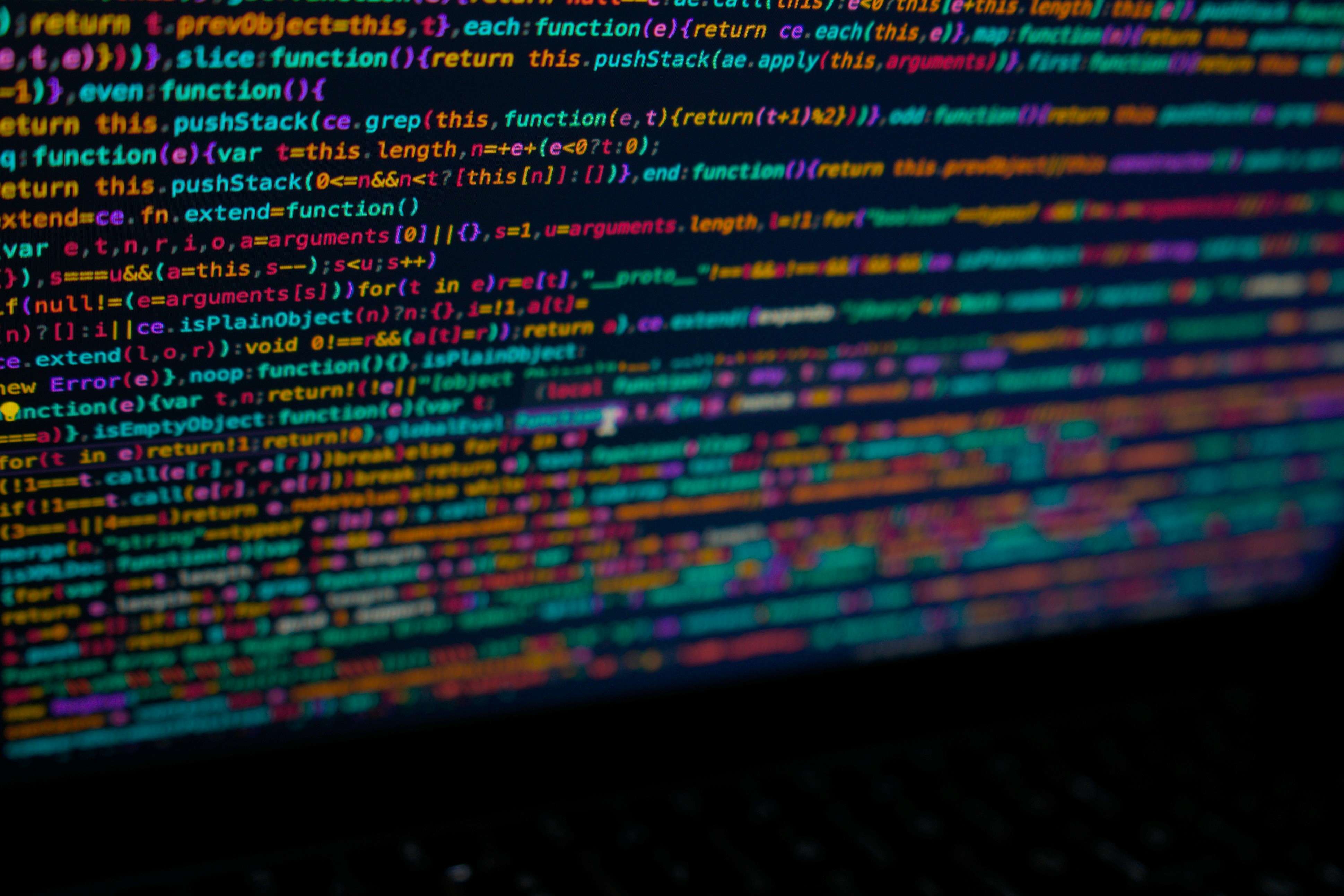
As web applications continue to evolve, ensuring the security of these applications has become paramount. Laravel, a popular PHP framework, offers robust security features out of the box. However, developers must also adopt best practices to protect applications against various threats. In this article, we will explore the key strategies and best practices for securing Laravel applications, ensuring that data protection remains a top priority throughout the development lifecycle.
Understanding Laravel’s Security Features
Laravel provides a comprehensive security framework designed to safeguard applications against common vulnerabilities. Some of the built-in features include:
-
CSRF Protection:
- Laravel automatically generates CSRF tokens for each active user session, protecting against cross-site request forgery attacks. Developers should ensure that this protection is utilized in forms by including the CSRF token using the @csrf directive in Blade templates.
-
XSS Protection:
- Laravel protects against cross-site scripting (XSS) attacks by automatically escaping output. By using Blade’s templating engine, developers can safely render user-generated content without fear of XSS vulnerabilities.
-
SQL Injection Prevention:
- Laravel uses prepared statements and the Eloquent ORM to prevent SQL injection attacks. Developers should avoid raw queries unless necessary and ensure that all input is validated and sanitized.
-
Password Hashing:
- Laravel provides built-in support for hashing passwords using the bcrypt algorithm, ensuring that passwords are securely stored. Developers should always use Laravel’s Hash facade for managing user passwords.
Best Practices for Securing Laravel Applications
While Laravel offers robust security features, developers must also adopt best practices to enhance application security. Here are some critical strategies:
-
Keep Laravel Updated:
- Regularly update Laravel and its dependencies to the latest versions. Security vulnerabilities are often discovered and patched in newer releases, so staying current is essential for maintaining security.
-
Use HTTPS:
- Ensure that your application is served over HTTPS to encrypt data in transit. This prevents eavesdropping and man-in-the-middle attacks, ensuring that sensitive information such as user credentials and personal data remains secure.
-
Implement Strong Authentication:
- Use Laravel’s built-in authentication features, such as Laravel Fortify or Laravel Jetstream, to implement secure user authentication. Encourage users to create strong passwords, and consider implementing two-factor authentication (2FA) for an added layer of security.
-
Sanitize User Input:
- Always validate and sanitize user input to prevent malicious data from entering your application. Use Laravel’s validation features to enforce rules on incoming data, and escape any output to avoid XSS attacks.
-
Limit Access with Authorization:
- Implement authorization controls to restrict access to sensitive routes and resources. Use Laravel’s built-in policies and gates to define who can access what within your application, ensuring that only authorized users can perform specific actions.
-
Protect Against Brute Force Attacks:
- Use rate limiting to protect your application against brute force attacks on login forms. Laravel provides middleware for rate limiting, which can be easily applied to routes that handle authentication.
-
Secure Configuration:
- Store sensitive information, such as API keys and database credentials, in the environment file (.env). Ensure that this file is not exposed in version control systems. Additionally, set the application key using php artisan key:generate to secure session and encryption processes.
-
Regular Backups:
- Implement a backup strategy to ensure that data is regularly backed up and can be restored in the event of a breach or data loss. Utilize Laravel’s task scheduling to automate backup processes.
-
Monitor and Log Activity:
- Use logging features to monitor application activity and detect suspicious behavior. Laravel provides robust logging capabilities that can be configured to record errors, user actions, and security-related events.
-
Utilize Security Headers:
- Configure security headers such as Content Security Policy (CSP), X-Content-Type-Options, and X-Frame-Options to mitigate common attacks. These headers help to prevent XSS, clickjacking, and content-type sniffing vulnerabilities.
Conclusion: Prioritizing Security in Laravel Development
Securing Laravel applications requires a proactive approach, combining the framework's built-in security features with best practices that developers must follow throughout the development process. By implementing CSRF protection, input validation, HTTPS, and robust authentication methods, developers can significantly enhance the security of their applications.
Staying informed about the latest security trends, regularly updating dependencies, and adopting a security-first mindset will ensure that Laravel applications are resilient against emerging threats. Ultimately, by prioritizing data protection, developers can build secure applications that instill trust among users and safeguard sensitive information.
